When it comes to survival in the wilderness, few pieces of gear are as versatile and indispensable as a bushcraft tarp. Whether you’re building a shelter, protecting your gear, or creating a barrier against the elements, bushcraft tarps are the unsung heroes of the outdoor world.
A high-quality tarp can mean the difference between a successful adventure and a miserable, potentially dangerous experience. But with so many options available, how do you choose the best bushcraft tarp for survival? This guide will walk you through the top features to look for, key uses, and the top-rated tarps on the market.
Why Are Bushcraft Tarps a Survival Essential?
Survival is about adaptability, and that’s exactly what bushcraft tarps offer. Unlike fixed shelters or tents, tarps are lightweight, portable, and can be configured in a variety of ways to suit your environment.
Key Benefits of Bushcraft Tarps for Survival:
- Versatility: From creating an A-frame shelter to a windbreak or a groundsheet, tarps are incredibly adaptable.
- Portability: Most lightweight survival tarps can be folded into compact sizes, making them easy to carry.
- Weather Resistance: High-quality waterproof bushcraft tarps can protect you from rain, snow, and harsh sunlight.
- Durability: Designed to withstand rugged conditions, heavy-duty bushcraft tarps last through years of outdoor adventures.
Features to Look for in the Best Bushcraft Tarps
Choosing the right tarp isn’t just about grabbing the first one labeled “survival.” It’s about understanding the features that will serve you best in a survival scenario.
1. Material
- Polyester or Nylon: Lightweight and resistant to water, these materials are popular for compact bushcraft tarps.
- Canvas: While heavier, canvas tarps are incredibly durable and great for extended outdoor use.
- Ripstop Fabric: Many outdoor tarps for survival feature ripstop technology to prevent tears from spreading.
2. Waterproofing
A tarp’s ability to repel water is non-negotiable. Look for waterproof bushcraft tarps with a high hydrostatic head rating (e.g., 3000mm or more).
3. Size
The right size depends on your intended use. Common sizes include:
- 5×7 ft: Ideal for solo adventurers.
- 10×10 ft: A popular size for bushcraft shelter tarps, offering enough coverage for two people and gear.
- 12×16 ft: Perfect for group camping or creating larger shelters.
4. Weight
For backpackers and survivalists, lightweight survival tarps are crucial. They reduce your carry load without sacrificing durability.
5. Reinforced Grommets and Seams
Heavy-duty grommets and double-stitched seams ensure your tarp can handle tension from ropes or stakes without tearing.
6. All-Weather Performance
Look for all-weather survival tarps that provide UV protection, wind resistance, and insulation for year-round use.
Best Configurations for Bushcraft Shelter Tarps
One of the biggest advantages of bushcraft tarps is their configurability. Here are some popular setups:
1. A-Frame Shelter
- How to Set It Up: Attach the tarp’s ridgeline between two trees and stake down the sides.
- Best For: Protection from rain and wind.
- Recommended Tarp: A 10×10 ft waterproof tarp with reinforced edges.
2. Lean-To Shelter
- How to Set It Up: Anchor one side of the tarp to the ground and secure the other side to trees or poles at an angle.
- Best For: Quick wind protection.
3. Tarp Tent
- How to Set It Up: Use stakes, ropes, and poles to create a fully enclosed shelter.
- Best For: Overnight stays in colder or wetter climates.
Top Bushcraft Tarps for Survival in 2025
1. Lightweight Survival Tarps
- Why It’s Great: Portable and easy to pack, lightweight tarps are perfect for hiking and bushcraft.
- Recommended Option: The 10×8 ft ripstop nylon tarp from TarpsAndAll offers exceptional durability without the weight.
2. Heavy-Duty Bushcraft Tarps
- Why It’s Great: These tarps are built to endure rugged conditions and last for years.
- Recommended Option: A 12×16 ft canvas tarp with double-stitched seams and reinforced grommets.
3. Compact Bushcraft Tarps
- Why It’s Great: These tarps are ideal for minimalist survivalists who value space-saving gear.
- Recommended Option: A 6×8 ft ultralight tarp, perfect for solo camping trips.
4. All-Weather Survival Tarps
- Why It’s Great: Designed to handle everything from blazing sun to heavy snow, these tarps are the most versatile.
- Recommended Option: The TarpsAndAll 10×10 ft all-weather tarp with UV protection and waterproof coating.
Affordable Options for Bushcraft Gear Tarps
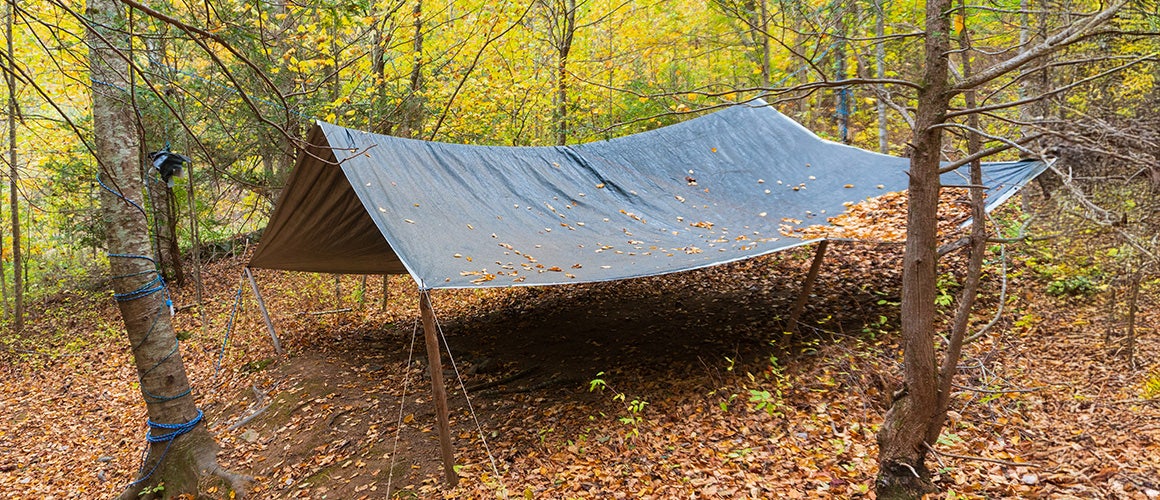
Not every tarp has to break the bank. Affordable bushcraft tarps for camping are widely available and offer excellent performance for their price point.
- Budget Option: Polyethylene tarps are a great starter choice for new bushcraft enthusiasts.
- Upgrade Option: Invest in a mid-range ripstop tarp for better durability and weather resistance.
How to Maintain and Extend the Life of Your Survival Tarps
To get the most out of your bushcraft tarps, proper maintenance is essential:
- Clean Regularly: Rinse off dirt and debris after each use, and let the tarp dry completely before storing it.
- Repair Damage Quickly: Use tarp repair tape or patches to fix small tears before they grow.
- Store Properly: Keep your tarp folded and in a dry, cool place when not in use to prevent mildew.
Writer’s Note: Why You Need the Right Bushcraft Tarp for Survival
A good tarp isn’t just gear—it’s a lifeline in survival situations. Whether you’re seeking a lightweight solution for hiking or a heavy-duty option for rugged adventures, choosing the best bushcraft tarps ensures you’re prepared for anything the wilderness throws your way.
From waterproof bushcraft tarps to durable survival tarps, the options are vast, and the right choice depends on your needs. Ready to invest in your outdoor survival toolkit? Explore high-quality bushcraft shelter tarps today and experience the difference they can make in your next adventure.



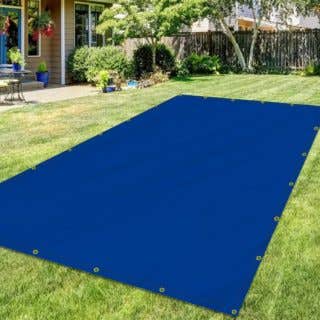



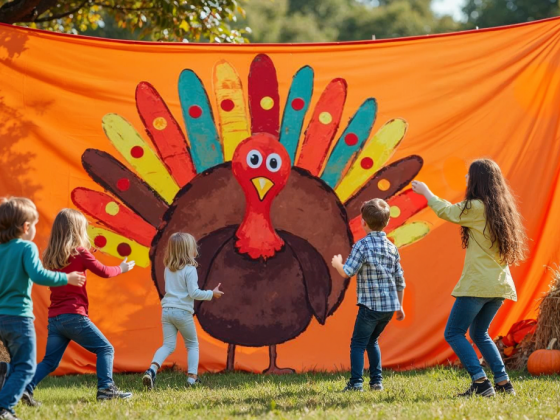
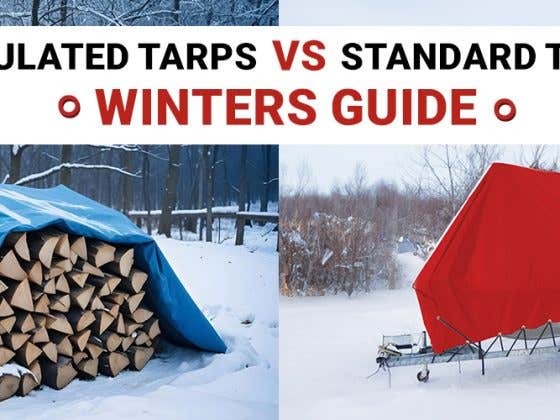
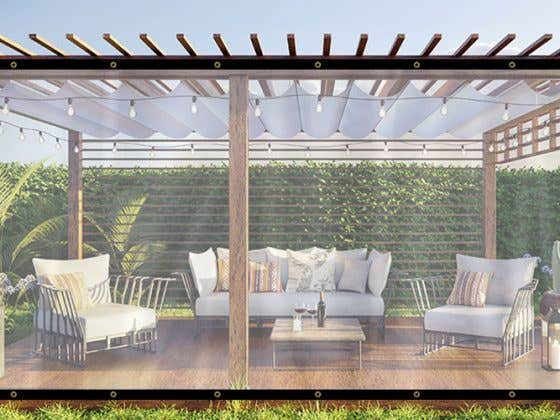
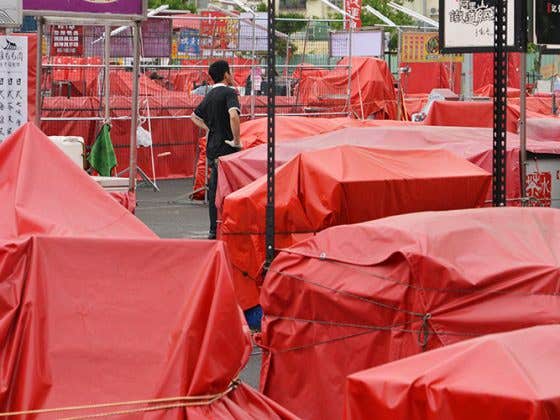
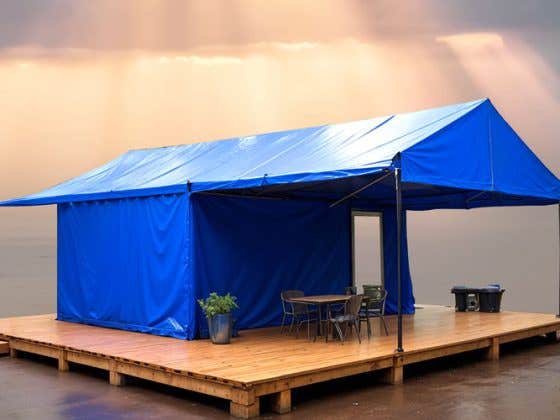
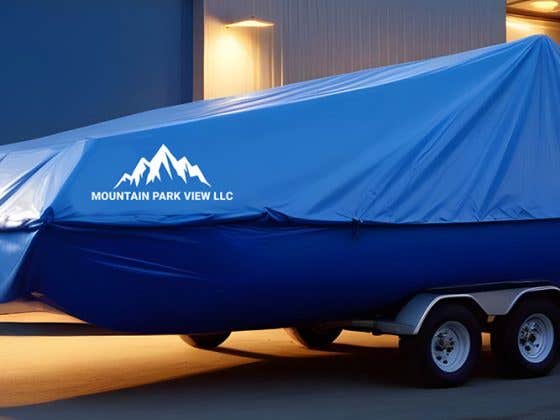
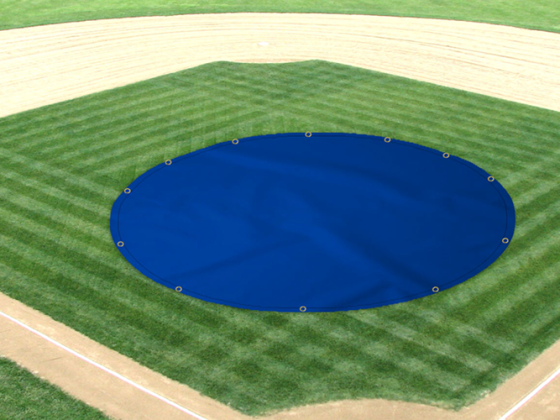

Recent Comments